Brand Guidelines
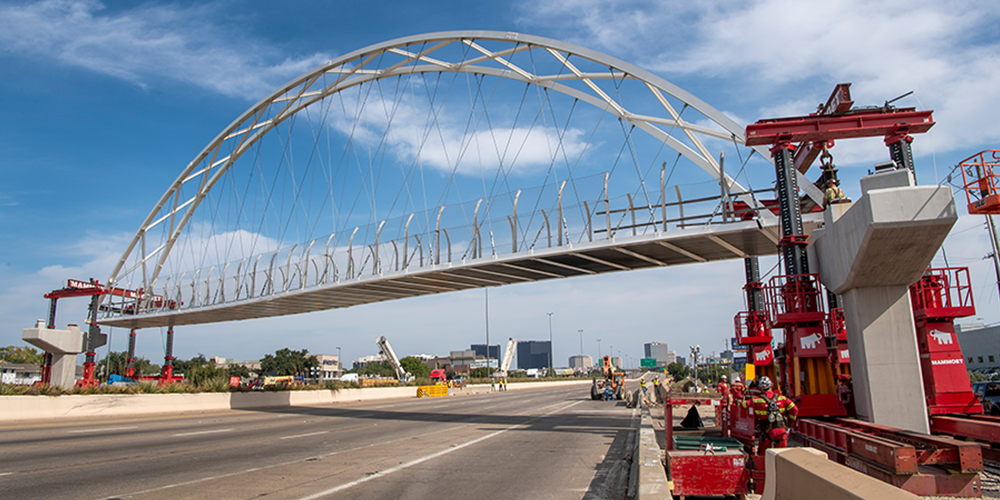
Creating videos and taking photos for TxDOT
Video and photography should be captured to maximize use while still fulfilling the need. This means capturing video and photos at high resolution or raw formats. Additionally, capturing subject imagery at varying depths and in vertical and horizontal orientations greatly increases use. TxDOT logo animations are to be used only in videos.
Employees can access video graphics resources from the organization's intranet. Vendors/contractors should request official video graphics from their TxDOT point of contact.
Use of AI-generated imagery in external-facing materials is strongly discouraged. Avoid using AI-generated photos, videos, or audio.
Videography resources
Video at TxDOT should consider myriad factors before being created. Lighting, sound, and editing are some considerations, but pre-production plans should also include who the target audience is and where the video is intended to be published. These considerations help optimize video content for length, quality, and accessibility, ensuring content is viewed and understood by its target audience.
TxDOT manages an extensive library of video assets, including footage of statewide locations, events, processes, projects and activities, animations and other motion graphics. TxDOT employs professional videographers and editors to help you with your projects. Submit a Creative Services request for Digital Media to access these resources. All photography and videography not obtained through Creative Services require proper licensing. See rights and use for more information.
Photography resources
Photo library
TxDOT maintains an extensive photo library that archives images and resources taken across the state and stretches back decades. To request images from the photo library, submit a Creative Services request for Media Production in TxDOTNow.
Images are copyright of TxDOT and may be used for official documents and communications by employees and contractors.
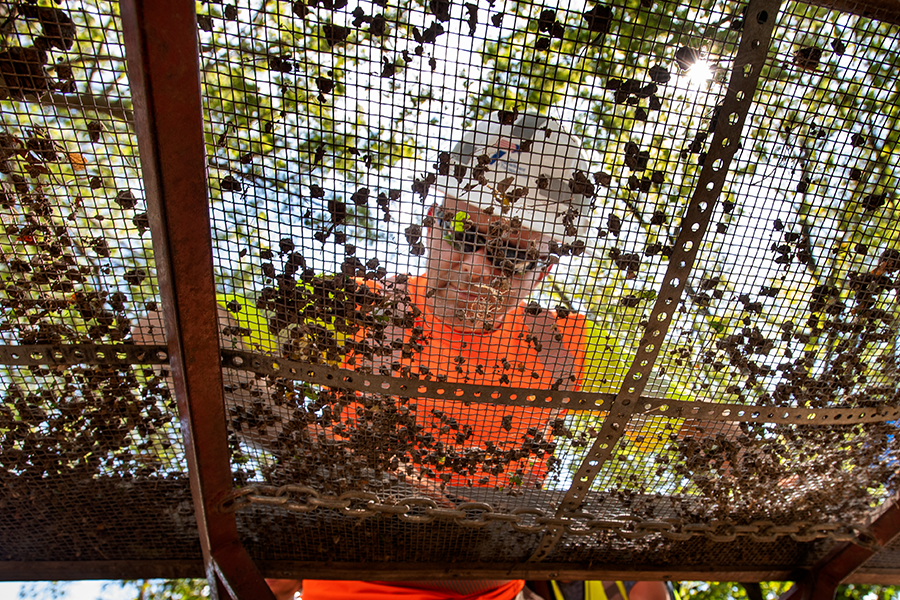
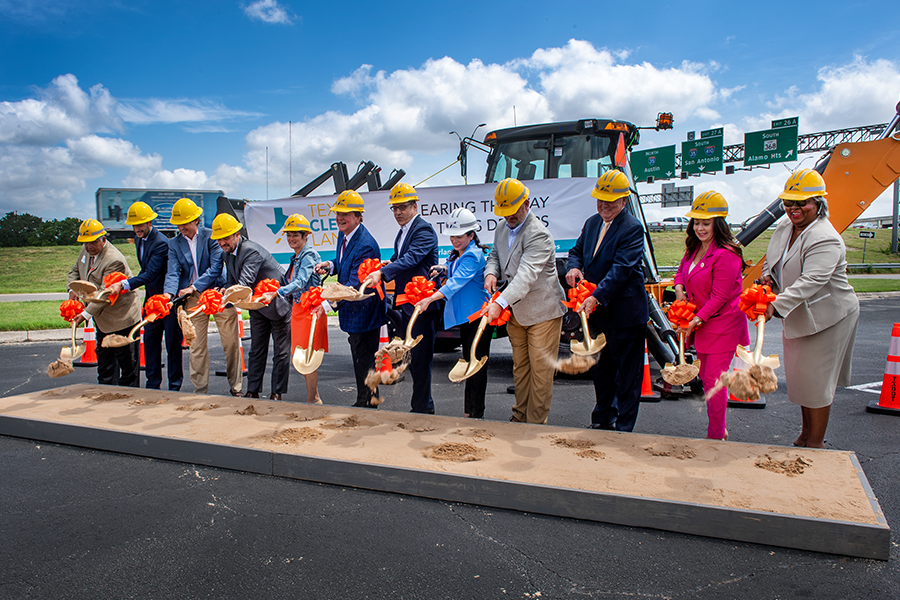
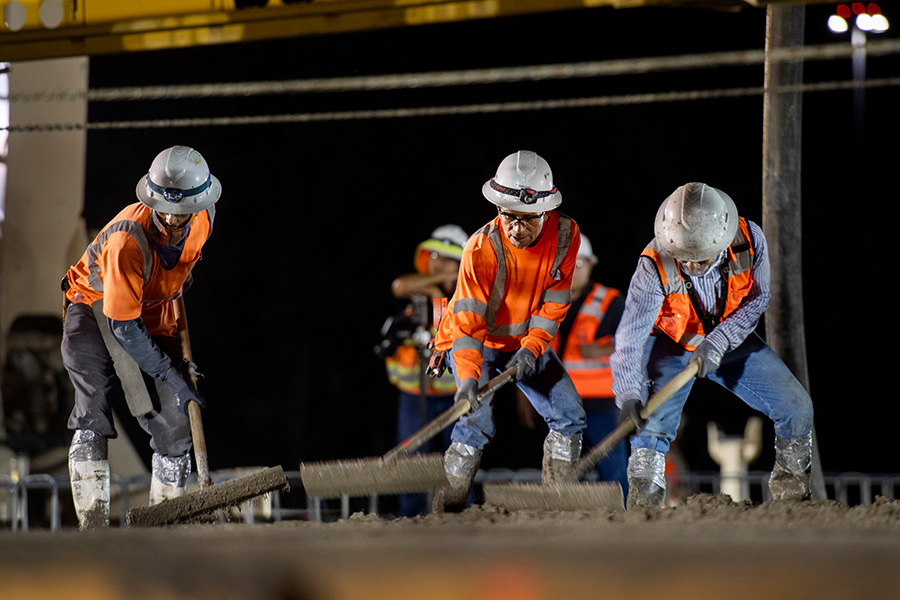
Public image gallery
The public image gallery offers a selection of images from the photo library covering topics across the organization. It’s a quick resource for some of the latest images Creative Services has to offer.
Photography best practices
Use images:
- from TxDOT's public image gallery or photo library.
- that feel natural and aren't staged or stock (if possible).
- that support the content.
- that are full color.
- with appropriate resolution (72 for digital and 300 pixels per inch for print).
Approved and unapproved photos
Imagery is an important tool in communication. These are a few examples of unapproved photos. Additionally avoid images that are abstract, have poor composition or are unlicensed.
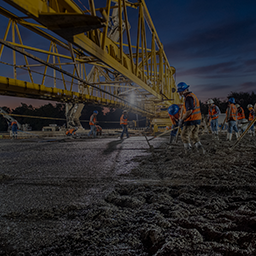
Poor lighting
Images with dim or poor lighting should not be used.
Low resolution
Images with low resolution or pixelations should not be used.
For digital communications images should be a resolution of 72 pixels per inch and 300 pixels per inch for print communications.
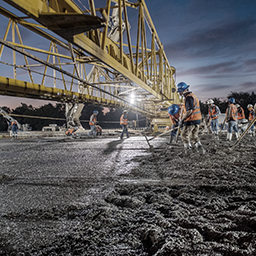
Desaturated
Black and white or images with low color saturation should not be used.